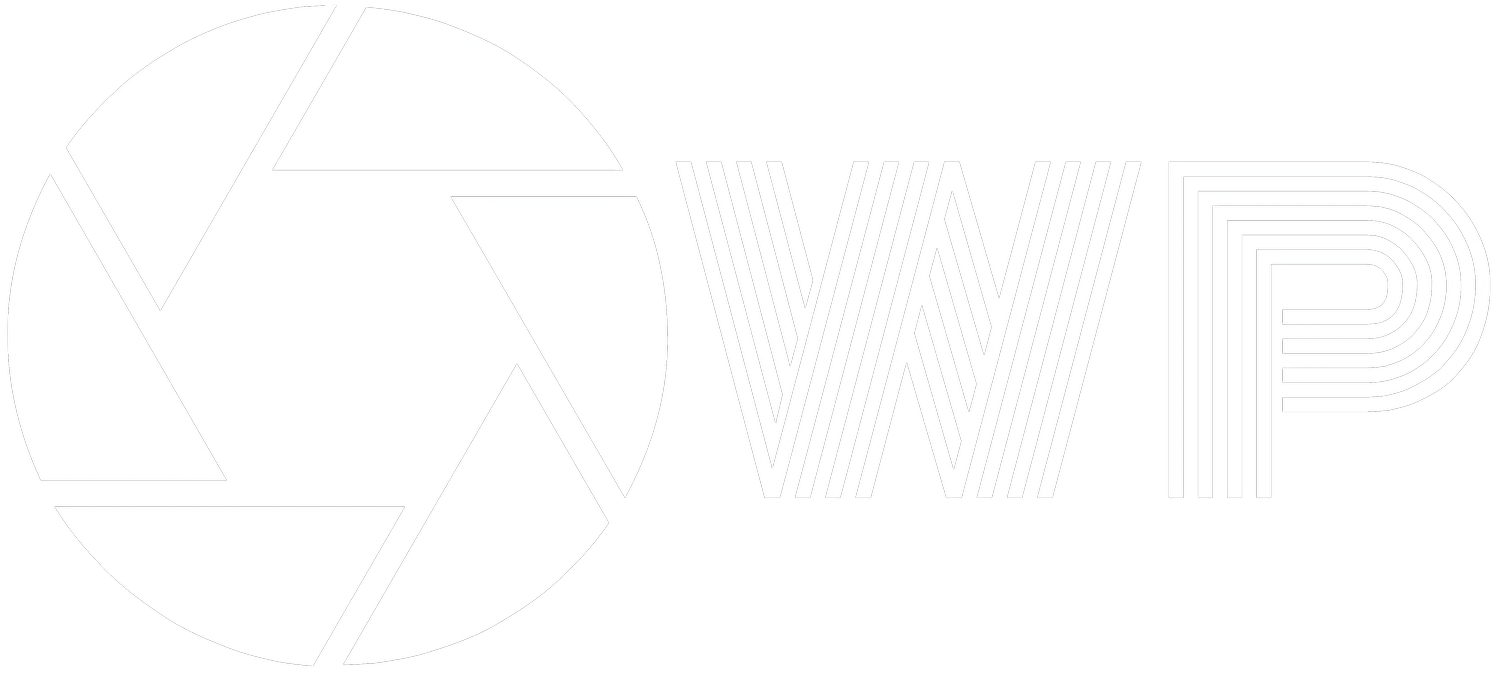Mirrorless Photography
Here's a question that I get asked a lot: "Are you just using a point and shoot?" It's a hugely frustrating, but also understandable question. I shoot with a Sony a6000. It's what's called a "mirrorless interchangeable lens camera". But what does all that mean? It means that it's a camera that eschews the traditional components of a larger DSLR that take up a lot of space (mirror/prism, optical viewfinder, separate autofocus sensor, focus drive motor, etc.), and reduces it to a smaller, lighter, faster package of everything that's actually necessary. Although what is "necessary" is, of course, a matter of opinion.
Here's a shot of an a6000 with my current favourite lens, the Sony SEL35f18. It's small. Really small. But the thing is, it has a nearly identical sensor inside of it as the Nikon D7100, a $1200 camera (body only). And that camera is Huge:
I say nearly the same sensor as the D7100, because the one found in the a6000 is actually more advanced, with more autofocus points, and more cross-type points, for half the price. the a6000 also incorporates a more advanced focusing system, along with more modern functions like wifi and an OLED viewfinder. That's what you get when you remove all the unnecessary components: more for less. I'm big on more for less, and I'm also big on using technology that I consider to be "the future".
The drawbacks would be a smaller selection of lenses available (a couple dozen as opposed to well over a hundred each for Canon or Nikon), lower battery life (luckily those only cost about $15 each), and less reliable low-light autofocus performance.
The advantages are many, and most have to do with speed and advanced technology. Using it feels more like using a piece of brilliant, refined technology rather than using a hefty metal hole through which light is captured.
It doesn't make everything easier, but it definitely makes it more interesting. And different. And that's why I'm in this, to do something different.
(See camerasize.com for more camera comparisons)

